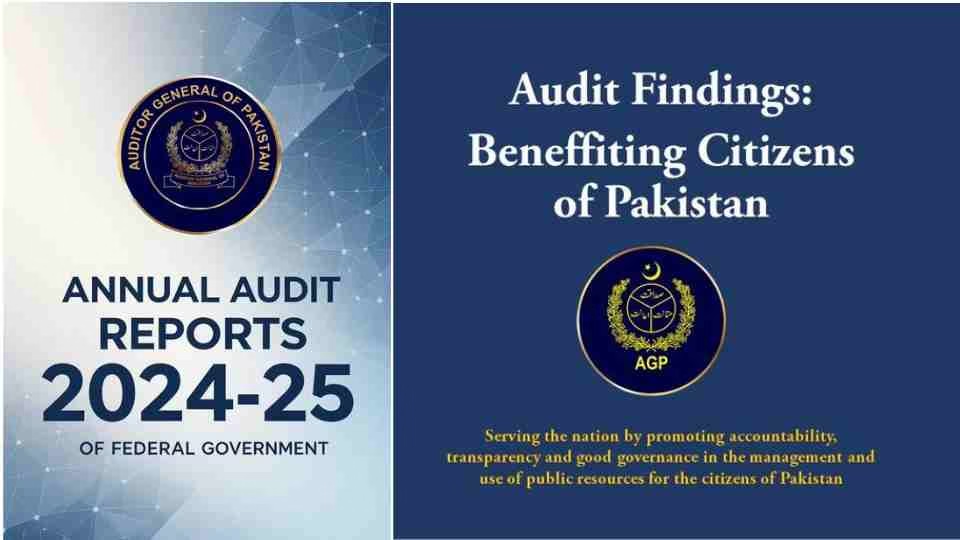ISLAMABAD — Pakistan’s financial establishment is reeling from the Auditor General’s latest bombshell report, which claims to have uncovered irregularities worth an astronomical Rs375 trillion in federal government accounts. The figure is so staggering that it has prompted serious questions about whether this represents a colossal mathematical blunder or an unprecedented financial crisis.
The Numbers That Don’t Add Up
To put this figure in perspective, Rs375 trillion is nearly 27 times larger than Pakistan’s entire federal budget of Rs14.5 trillion for fiscal year 2023-24. It’s also more than three times the country’s total Gross Domestic Product of Rs110 trillion. The sheer magnitude has left even government officials scratching their heads.
The Auditor General’s breakdown of these irregularities reads like a financial horror story:
- Rs284.17 trillion in procurement-related violations
- Rs85.6 trillion wasted on defective, delayed, or abandoned civil works projects
- Rs2.5 trillion trapped in uncollected receivables
- Rs1.2 trillion in unresolved circular debt
- Additional billions lost through inadequate internal controls, mismanaged assets, botched contracts, and illegally occupied government land

A Tale of Two Realities
The report creates a puzzling contradiction. While the appropriation accounts show relatively normal figures—Rs40.3 trillion allocated versus Rs39.9 trillion actually spent, leaving a modest difference of Rs370 billion—somehow this translates into irregularities worth Rs375 trillion.
This mathematical impossibility has sparked intense debate about what went wrong. Several theories have emerged:
The Calculation Error Theory: Did auditors inadvertently multiply figures or double-count violations across different categories?
The Multi-Year Accumulation Theory: Were irregularities from multiple years incorrectly consolidated into a single report?
The System Breakdown Theory: Has Pakistan’s financial oversight mechanism become so dysfunctional that auditors can no longer distinguish between actual expenditure and theoretical violations?
Official Response Raises More Questions
When contacted for clarification, the Auditor General’s office seemed unfazed by the extraordinary figures. A spokesman shared a voice message from one of their experts, suggesting that various types of financial violations can indeed exceed total budget allocations. However, no explanation was provided for how irregularities could balloon to Rs375 trillion.
The office maintained that different categories of violations—from improper allocation procedures to spending irregularities—can theoretically surpass budget amounts when calculated cumulatively.
What This Means for Pakistan
If taken at face value, these figures would suggest Pakistan is managing financial irregularities equivalent to the combined economies of several nations. Such a scenario would indicate either:
- Complete institutional collapse of financial oversight and management
- Systematic audit methodology failures that render reports meaningless
- Unprecedented levels of financial mismanagement that defy comprehension
The Road Ahead
The report, already approved by the President, is set to be presented before Parliament, where lawmakers will undoubtedly demand answers. The document represents either the most damning indictment of financial governance in Pakistan’s history or one of the most significant audit failures on record.
As the nation awaits clarification, one thing remains certain: whether through mathematical error or financial catastrophe, Pakistan’s audit system has produced figures that challenge both credibility and comprehension. The coming parliamentary sessions may finally reveal whether this represents a trillion-rupee bombshell or simply very bad arithmetic.






